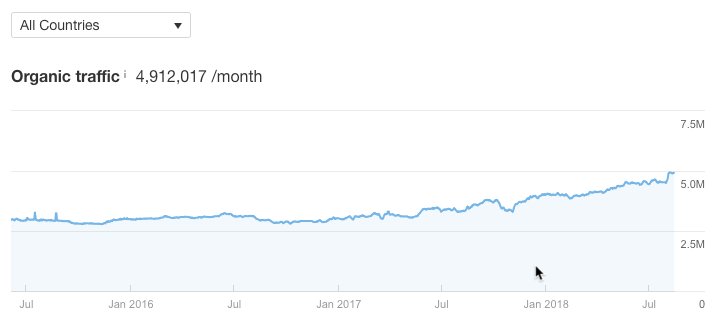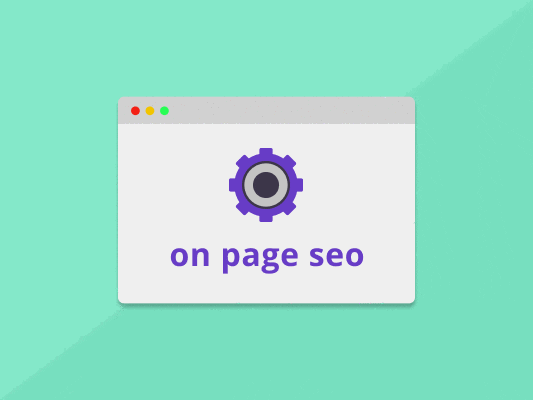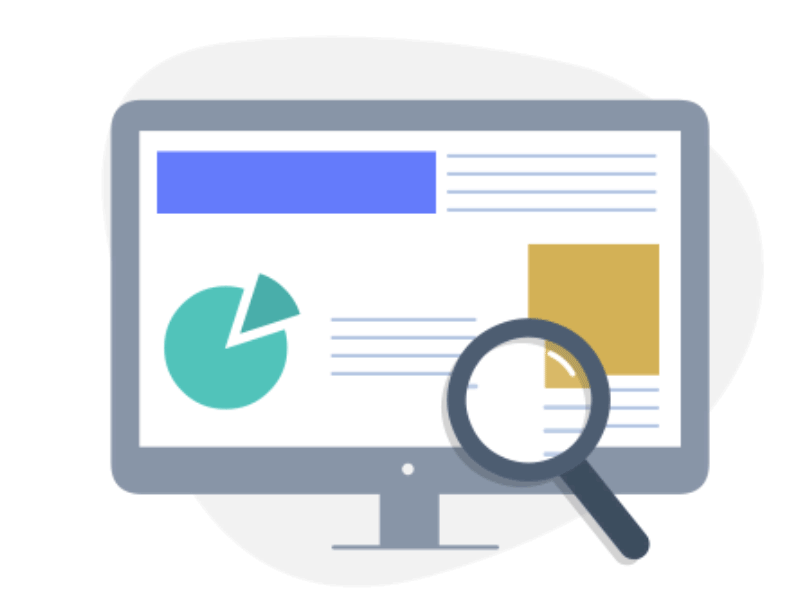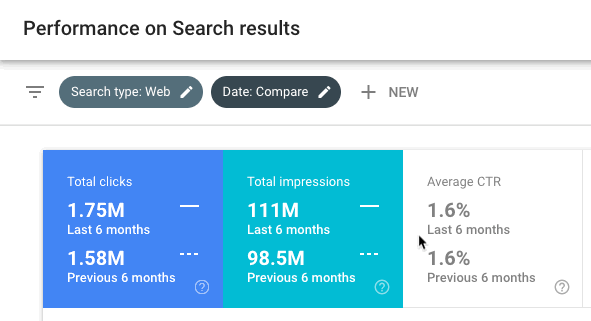Ultimate Guide to Search Engine Positioning for Better Results!
Hard to spot your site near the top of Google? Search engine positioning uses keyword research, better content, and sensible link-building to lift single pages up the search results. You do not need a full-time search engine optimisation (SEO) team to start moving.
This guide shows clear steps for digital marketers and business owners. If you want more eyes on your pages, faster sales, and a plan you can follow, keep going. Each small change can shift your Google rankings in the right direction.
Key Takeaways
- Search engine positioning focuses on individual pages and their spots on the search engine results page, using tools like Google Search Console and SEMrush to track movement.
- Higher search engine rankings increase visibility and trust; McKinsey reports that many people recall brands they see across several touchpoints.
- On-page keyword research, refreshed content, and strong backlinks can lift credibility and conversions without extra advertising spend.
- Skipping mobile optimisation or fresh updates harms positions quickly, since most searches now happen on smartphones and tablets.
- Regular checks with Rank Tracker and Core Web Vitals improve technical SEO, while featured snippets can win more clicks for well-optimised pages.
What Is Search Engine Positioning?
Search engine positioning is the practice of improving the rank of a single page for a chosen keyword. You are not rebuilding the whole website. You are tuning one page, aiming for better places on the search engine results pages, sometimes winning featured snippets or a top organic slot.
It often targets pages already in the top 20. These pages have some traffic and a few backlinks, so they are easier to nudge higher. You track progress with analytics tools such as Google Search Console or SEMrush, then react as Google’s search algorithms shift.
Think of it like a tune-up, not a full engine rebuild. Small, steady fixes move the needle, and careful tracking helps you spot new chances to stand out.
Why Search Engine Positioning Matters
Search engines are busy streets. Better positioning puts your sign where people actually look.
Better Brand Visibility
High rankings signal authority and build recall. Every appearance near the top tells users you are a safe bet. Studies show that brands seen in repeated searches stick in people’s minds, which can nudge them to choose you later.
That visibility lifts click-through rates and improves your reputation. Strong meta descriptions and smart titles bring in curious visitors. Analysing competitors with SEO tools, such as Google Keyword Planner, also reveals gaps you can fill to stand out.
Increased Organic Traffic
Search engine positioning brings steady organic search growth. You are not paying for each visit, so gains compound over time. Pages aligned with search intent attract people who are ready to act, which helps sales and leads.
Internal links pass link juice to key landing pages. Clear anchor text helps web crawlers understand your content and index it correctly. Over time, that clarity can land you in featured snippets and higher positions.
Competitive Edge
Outranking rivals for a valuable phrase puts you in front of buyers at the exact moment they are searching. Well-optimised pages can lift sales within weeks, especially if your offer is clear and your content answers the query fast.
Quick responses to algorithm changes are vital. Brands that refresh content, fix technical issues, and refine meta tags tend to keep their edge across devices and browsers.
Key Elements of Search Engine Positioning
Strong positioning rests on four pillars: keywords, on-page polish, content quality, and authority.
High-Impact Keyword Research
Start with keyword research. Use free and paid SEO tools to find terms with real traffic and fair competition. Rank trackers help you monitor positions so you can see progress and setbacks clearly.
Target low-hanging fruit first, the terms where you can reach page one with light improvements. Check search intent, which means understanding if the user wants information, a comparison, or a product. Then map each target term to a single page.
Add relevant words to URLs, titles, headers, meta descriptions, and image alt tags. Use schema, structured data that helps search engines read your page type, for products, articles, or local details.
Avoid keyword stuffing. Keep the copy natural so people stay longer, which boosts click-through rates and sends good signals back to search engines. Trends shift fast on social media, so review search behaviour often and update your list.
On-Page Optimisation
Once you have the right keywords, refine the page. Keep titles under 60 characters, include the main term, and make the message compelling. Place the core keyword in the H1, then use supporting terms in H2 to H4 headings.
Write meta descriptions that invite action, for example, free delivery today or instant quote online. Add schema for rich results such as star ratings. Improve hosting and code so pages load quickly.
Keep XML sitemaps current to support indexing. Fix broken links and poor redirection. Use clear internal links with descriptive anchor text to guide users and share authority across your site.
Content Creation and Refreshing
Content must earn its place. Run regular content audits to spot pages that are thin, dated, or off-target. Then refresh with new data points, images, examples, and clearer explanations.
Google Search Console highlights pages with weak click through rate or slowing impressions. Fill gaps with quick definitions, short Q&As, and lists that match search intent. This can help you win featured snippets.
Improve alt text for accessibility and context. For product feeds in Google Merchant Center, write precise titles with relevant keywords. Local firms should add local phrases and the right schema to appear in the local pack for map-based searches.
Building Website Authority
Backlinks from trusted sites strengthen your page authority. Aim for mentions in reputable blogs, trade magazines, or buying guides. Digital PR, expert quotes, and useful tools or calculators can earn natural links over time.
Guest articles on relevant websites and contextual link placements work well for service pages. Combine this with smart internal linking so new authority flows to your priority URLs.
Social media exposure, podcasts, and partner features also help. Topic hubs, clusters of linked articles around a theme, show depth and attract engagement. Start by strengthening pages already getting some traffic or links, then expand.
Best Practices for Better Rankings
Use data to focus your effort. A clear plan makes small changes add up fast.
Audit and Analyse Existing Pages
Audits are regular health checks for your site. They show what to fix first and what to protect.
- Use SEO tools and Google Search Console to spot keywords that already bring visits. Find pages stuck on page two and prioritise them.
- Focus on commercial pages, such as sales, service, and lead magnets. These usually respond fastest to improvements.
- Track positions with SE Ranking’s Rank Tracker, Ahrefs, or SEMrush. Watch for sudden drops and investigate quickly.
- Build a shortlist of target pages and realistic keywords. Concentrate where traffic potential is clear.
- Audit with free tools, like Screaming Frog, and paid crawlers. Fix items that hurt Core Web Vitals, such as large images or slow scripts.
- Update any stale content. A strong article from 2022 may need new data for 2024.
- Review meta tags and meta descriptions for accuracy and appeal. Small tweaks can improve click-through rates.
- Test mobile friendliness in Search Console. Mobile users make quick choices, so clarity matters.
- Fix broken links and poor redirection paths. These annoy users and waste crawl budget.
- Strengthen internal links between related topics. Help readers move from question to answer in a single click.
Run this review at least once a quarter. Trends shift, and a light tune keeps things smooth.
Optimise Meta Tags and Descriptions
After the audit, sharpen the details that users see first in the search results.
- Keep meta titles under 60 characters. Include the main keyword, for example, fast shoe delivery UK.
- Write clear meta descriptions that nudge action, such as Shop now for free delivery or Book a free demo.
- Make each page unique. Align your title and description with the main search intent.
- Title tags and descriptions influence both rank and clicks in Google and Bing.
- Use gentle action verbs, such as explore, discover, compare, or save.
- Review tags with Semrush or Ahrefs to capture new trends and search phrases.
- Great tags can help you qualify for featured snippets or quick answers.
- Check how your snippets look on mobile. Short, clear messages win attention fast.
Implement Internal Linking Strategies
Internal links guide both users and crawlers. They share page authority and reduce dead ends.
- Use descriptive anchor text, such as WordPress caching tips, not click here. Say what the destination covers.
- Link from blogs and guides to your key commercial pages. This passes strength to the URLs that drive revenue.
- Avoid overloading any page with links. Relevance beats volume for ranking power.
- Keep links topically aligned. From SEO tools to keyword research fits. From baking to tyres does not.
- Support transactional pages with links from high-traffic articles, especially before peak seasons.
- Refresh your internal links during each audit. New content may deserve prime links.
- Create short paths to conversion pages. Less friction, more enquiries or sales.
Now that your structure is mapped, make sure each page loads quickly and passes quality checks.
Focus on Core Web Vitals and Page Speed
Speed keeps people on the page. Google also weighs it in rankings, so it matters twice.
- Compress images before upload. Heavy files slow pages and reduce Core Web Vitals scores.
- Test with Lighthouse or GTmetrix. These tools flag slow scripts and layout problems.
- Pick reliable hosting. A fast server lowers delays and improves stability.
- Prevent layout shifts, such as buttons jumping after load. It frustrates users and harms scores.
- Remove unused JavaScript and CSS. Less code means faster renders.
- Use clear structures and tidy meta tags so crawlers find the topic quickly.
- Prioritise mobile speed. Most searches happen on phones, so delays cost clicks.
- Track Core Web Vitals often. Small gains can push you above rivals in tight spaces.
- Refresh content and prune waste. Cleaner pages often load quicker and hold attention.
- Fix broken links and slow error pages. Both weaken the experience and your authority.
Common Mistakes to Avoid
Simple errors can knock your pages down the queue. The fix is steady care and timely updates.
Ignoring Mobile Optimisation
Skipping mobile can sink your position fast. Google ranks with mobile in mind, so clumsy layouts and slow taps hurt your visibility.
Poor mobile performance pushes up bounce rates and lowers engagement. These signals feed into Core Web Vitals and your reported performance metrics. Local results also suffer if your pages do not adapt to small screens.
Mobile-friendly pages make it easier to win featured snippets and local pack spots. Happy thumbs, better rankings.
Overlooking Content Updates
Outdated content sends the wrong message to users and to algorithms. Competitors with fresh facts and clearer answers will pass you by.
Do more than a light edit. Add recent statistics, useful examples, or new FAQs. Use Google Search Console to find falling clicks and slipping positions, then refresh those pages first.
Timely updates improve relevance and can help you capture featured snippets. Treat content as a living asset, not a one-off task.
Measuring Search Engine Positioning Success
Think of this like a scoreboard. You need numbers to see which changes work.
Use Google Search Console
Google Search Console gives you clicks, impressions, click-through rate, and average position by page and query. It also shows which phrases already bring visits and which pages deserve extra care.
Track results after you update content or add internal links. Use the Core Web Vitals report to find technical issues. Look out for featured snippets, because they can drive a big lift in clicks.
The best part, it is free and always on. For many sites, it is the single most useful view of search performance.
Implement Position Tracking Tools
Once you have baseline data, add daily position tracking. Tools like SEOptimer and SE Ranking’s Rank Tracker record movements, reveal patterns over months, and show how you compare with rivals.
Find commercial pages that sit at positions 11 to 20. These are prime candidates for on-page tweaks or stronger internal links. Watch how updates to meta tags, headings, and content lift positions over the next few weeks.
Combine tracker reports with Google Analytics and Search Console. Together they show where to focus your next sprint of search engine optimisation (SEO) work.
Conclusion
Better search engine positioning comes from steady, focused effort. Use smart keyword research, clear on-page fixes, and quick pages to climb. Keep content fresh and useful, then build authority with quality backlinks.
Track everything in Google Search Console and a reliable rank tracker. Small wins add up, especially when you act on the data. Do this consistently and your search engine rankings can improve, bringing more of the right people to your website at the right time.
FAQs
1. How does keyword optimisation help with search engine positioning?
Keyword optimisation puts your site in front of the right eyes. When you use words people actually type into search engines, your pages climb higher in rankings. It’s like giving directions to a lost tourist; clear keywords guide visitors straight to your digital doorstep.
2. What are some practical optimisations for better rankings?
Start by improving page speed and making sure content is easy to read. Use headings that match what users want to find, not just what sounds clever. Tidy up broken links and keep images light so they load fast. Every small tweak adds up, much like patching leaks before a big rainstorm.
3. Why is analysing data important for SEO success?
Analysing data shows you where things go wrong or right on your website journey. You spot which pages pull their weight and which ones need work—like picking out the best apples from a barrel at the market stall.
4. Can regular optimisations really make a difference over time?
Absolutely, consistent tweaks keep you ahead of rivals who rest on their laurels instead of rolling up sleeves for another round of improvements. Search engines notice when sites stay fresh and relevant; it’s like tending an allotment—the more care you give it, the better it grows in crowded soil.








